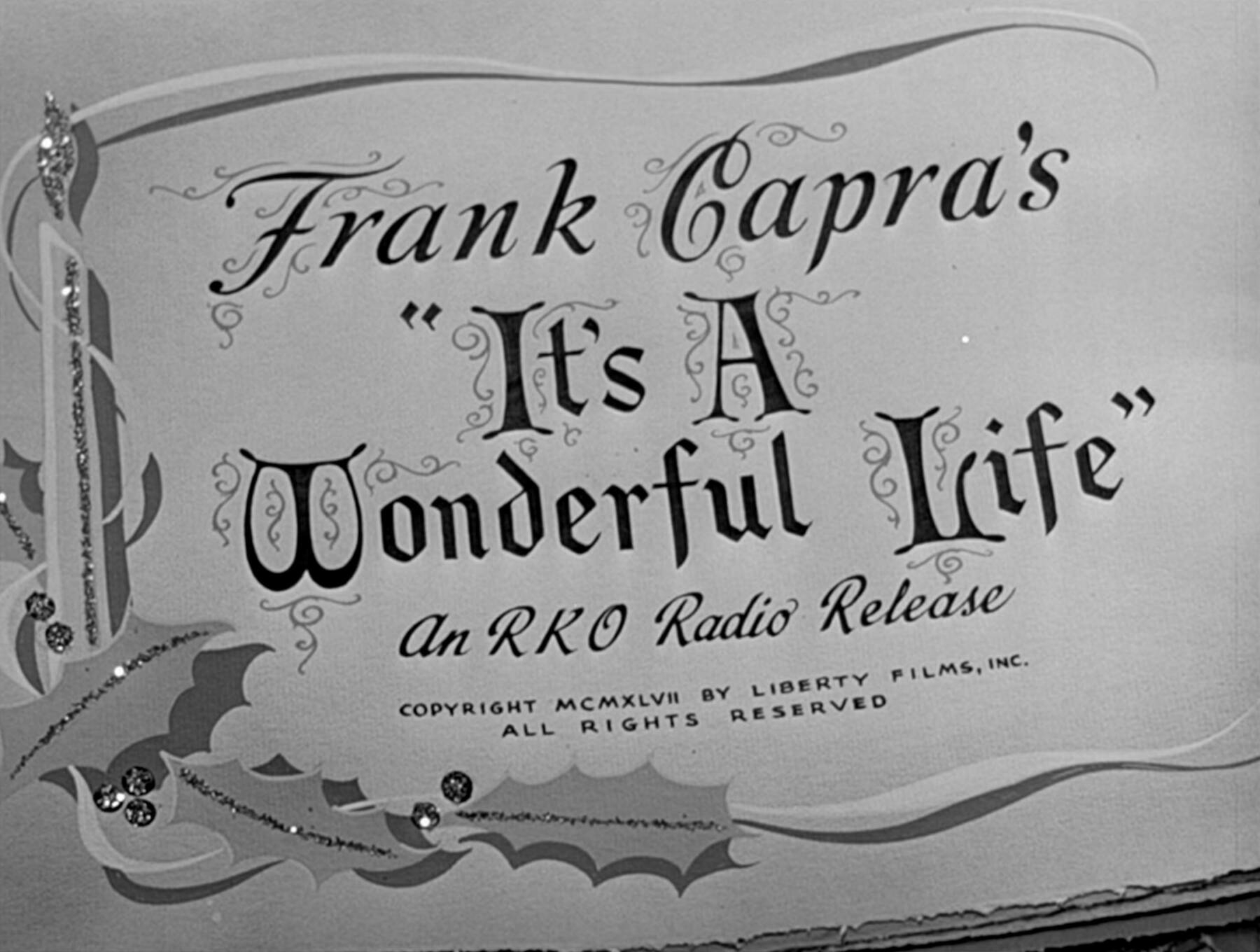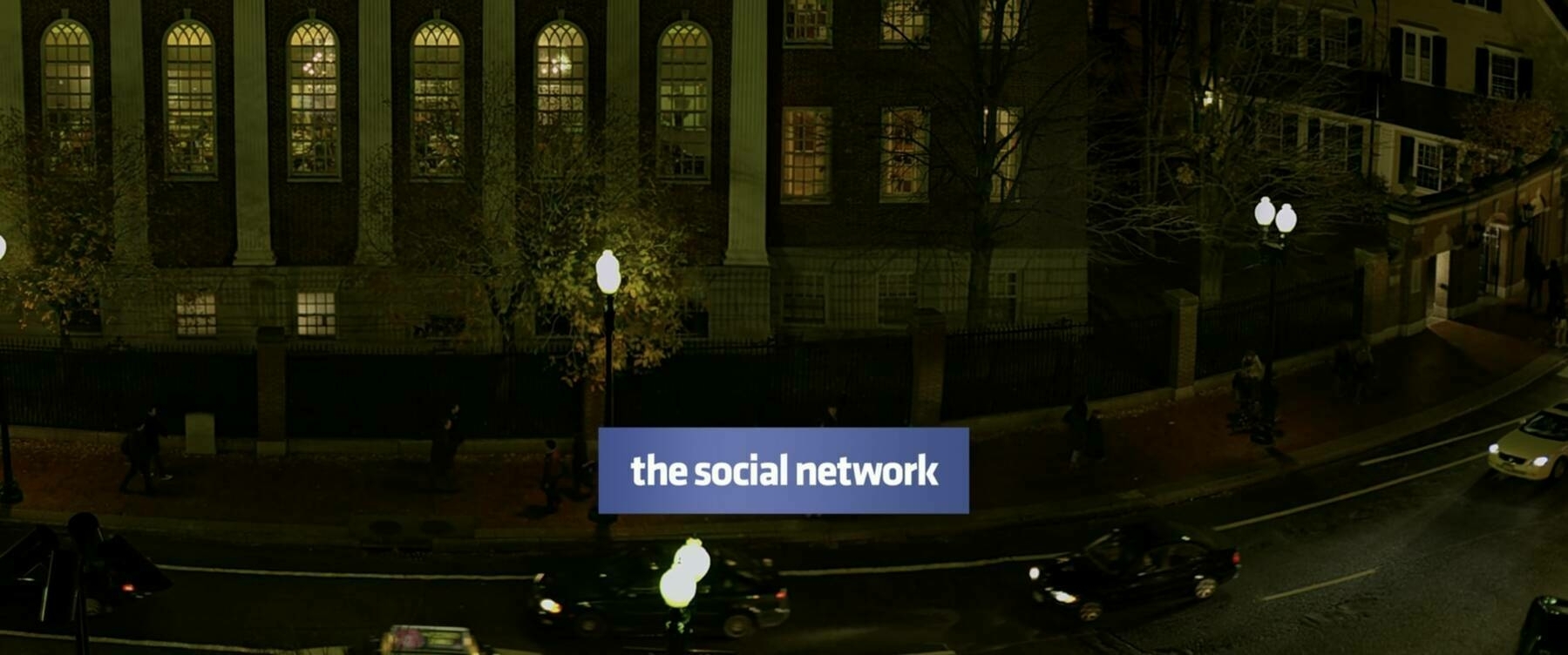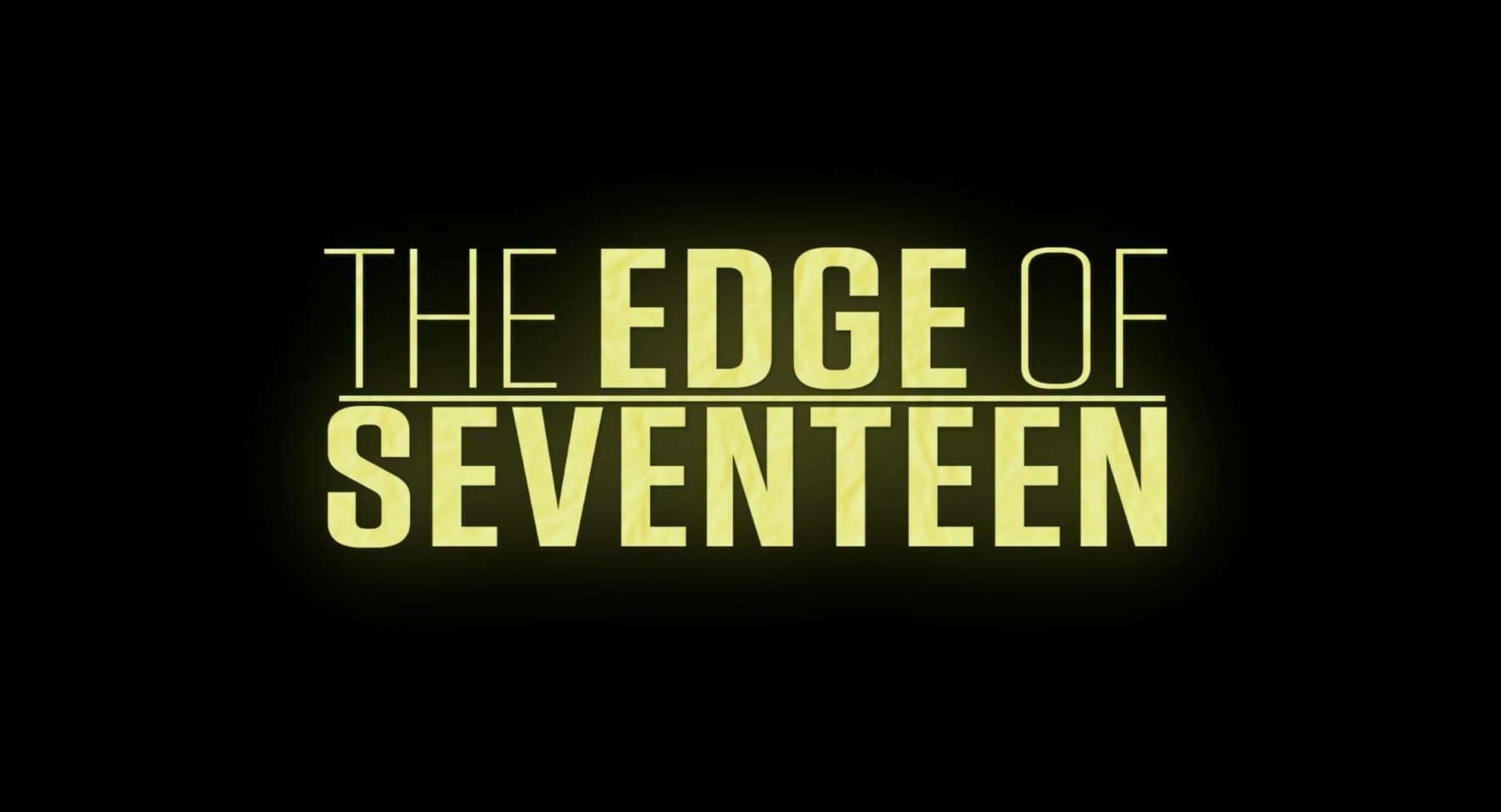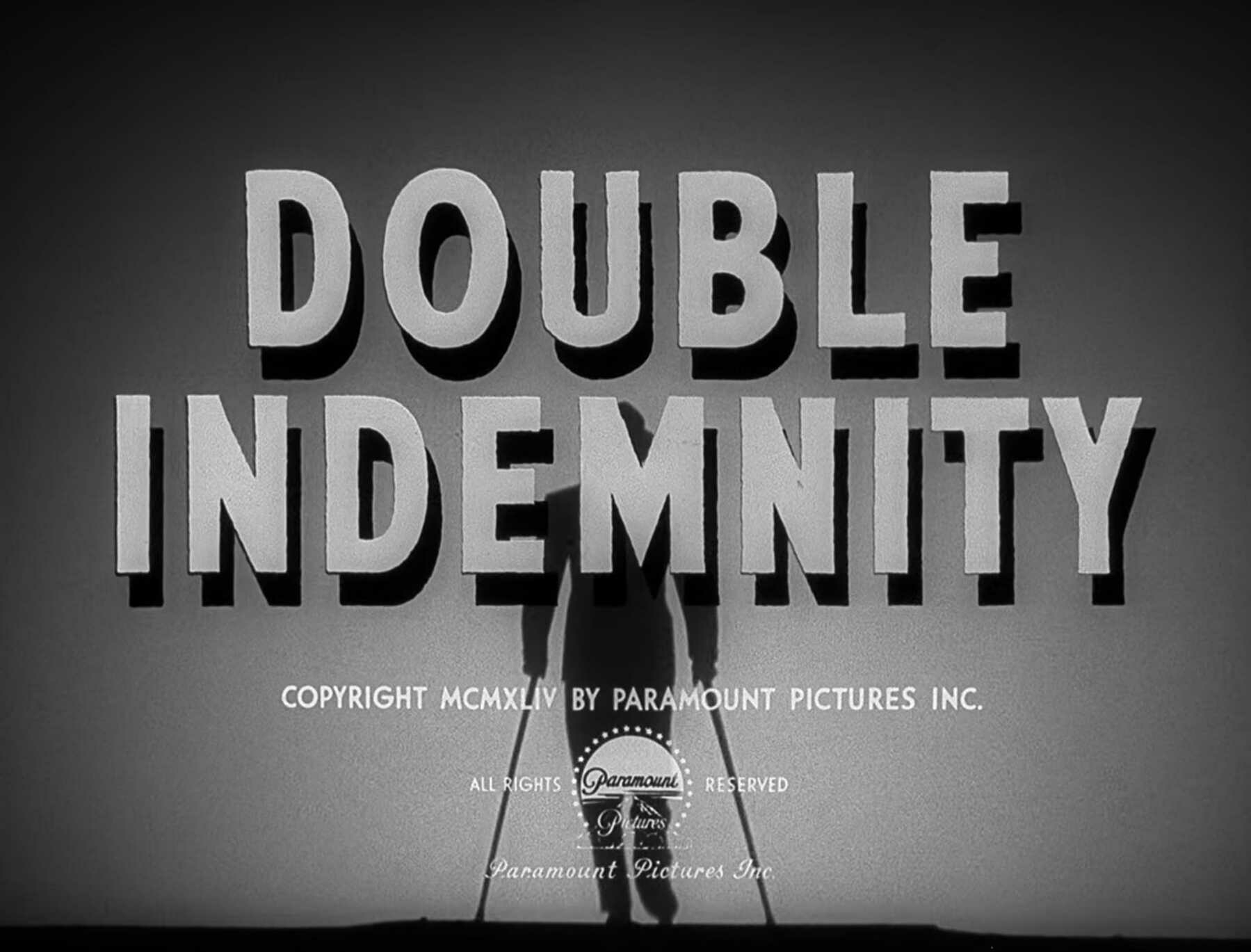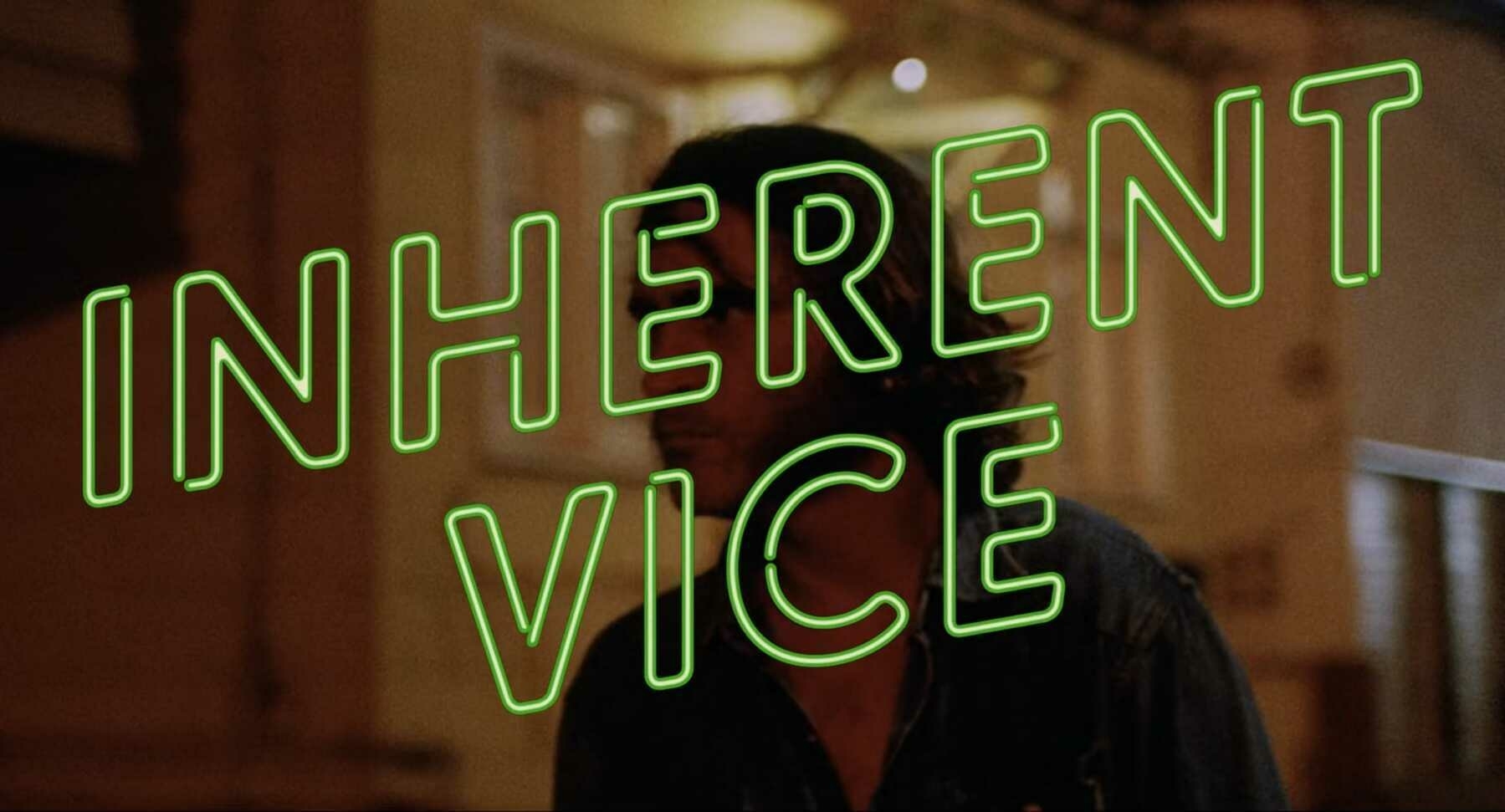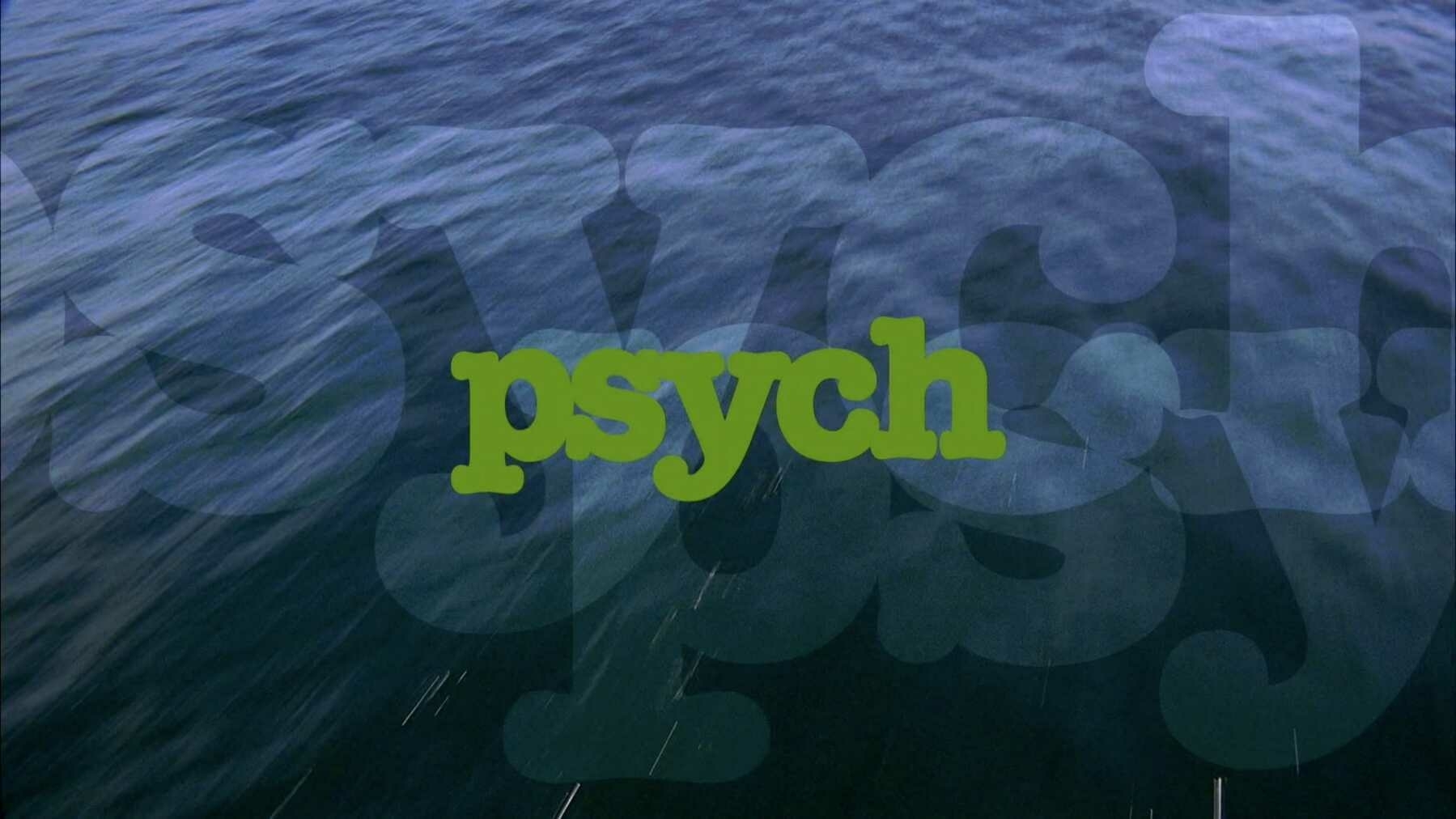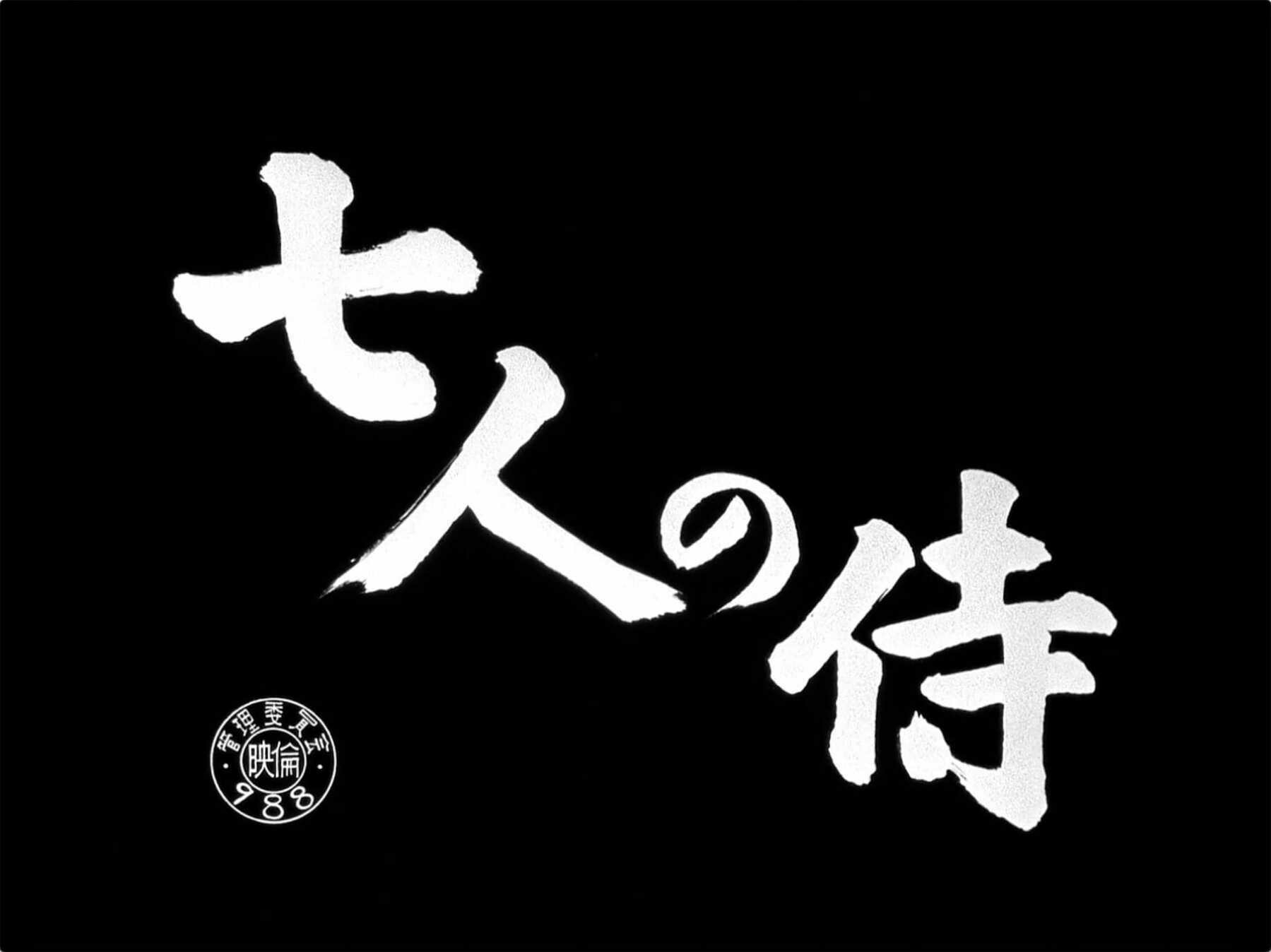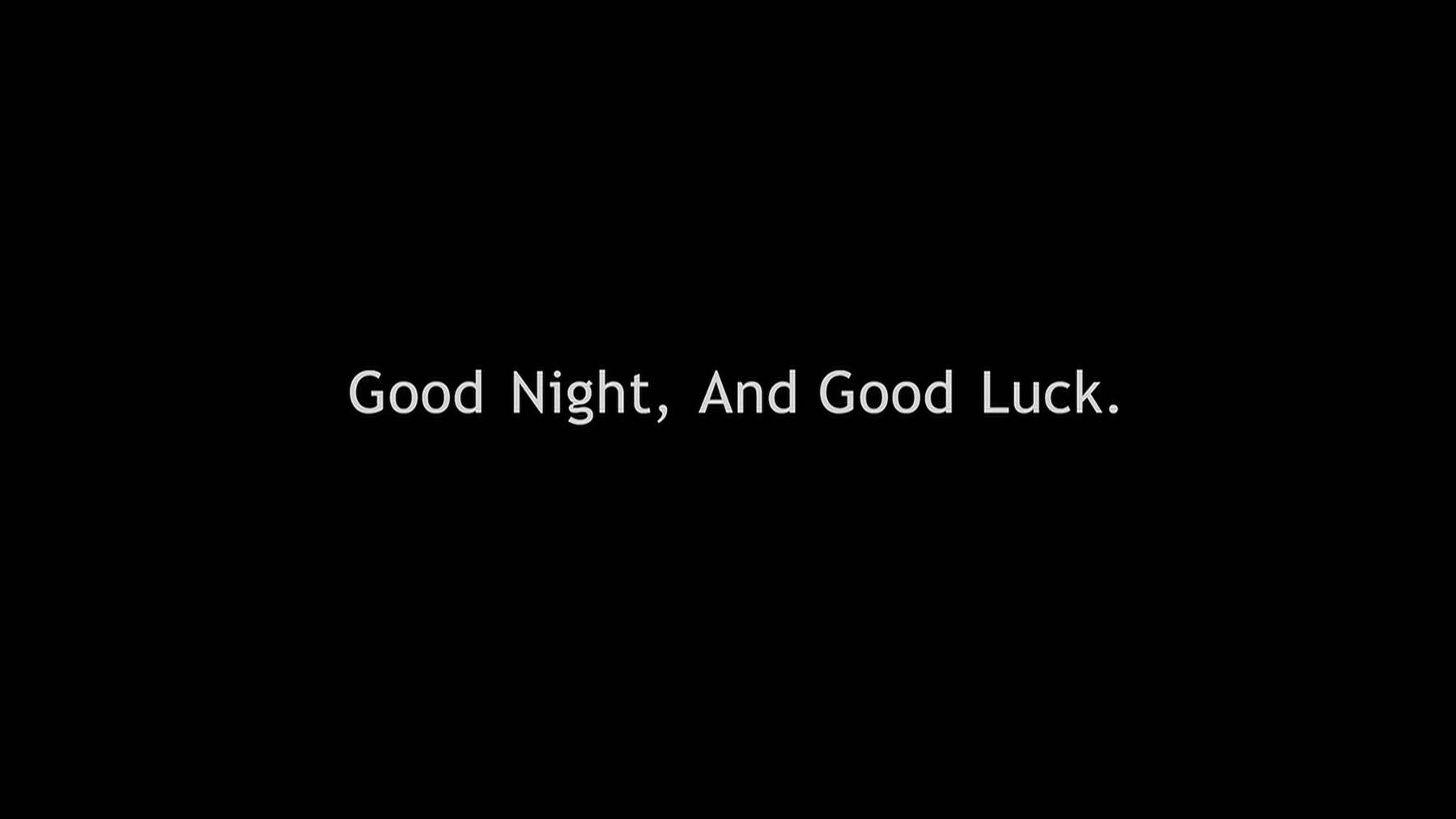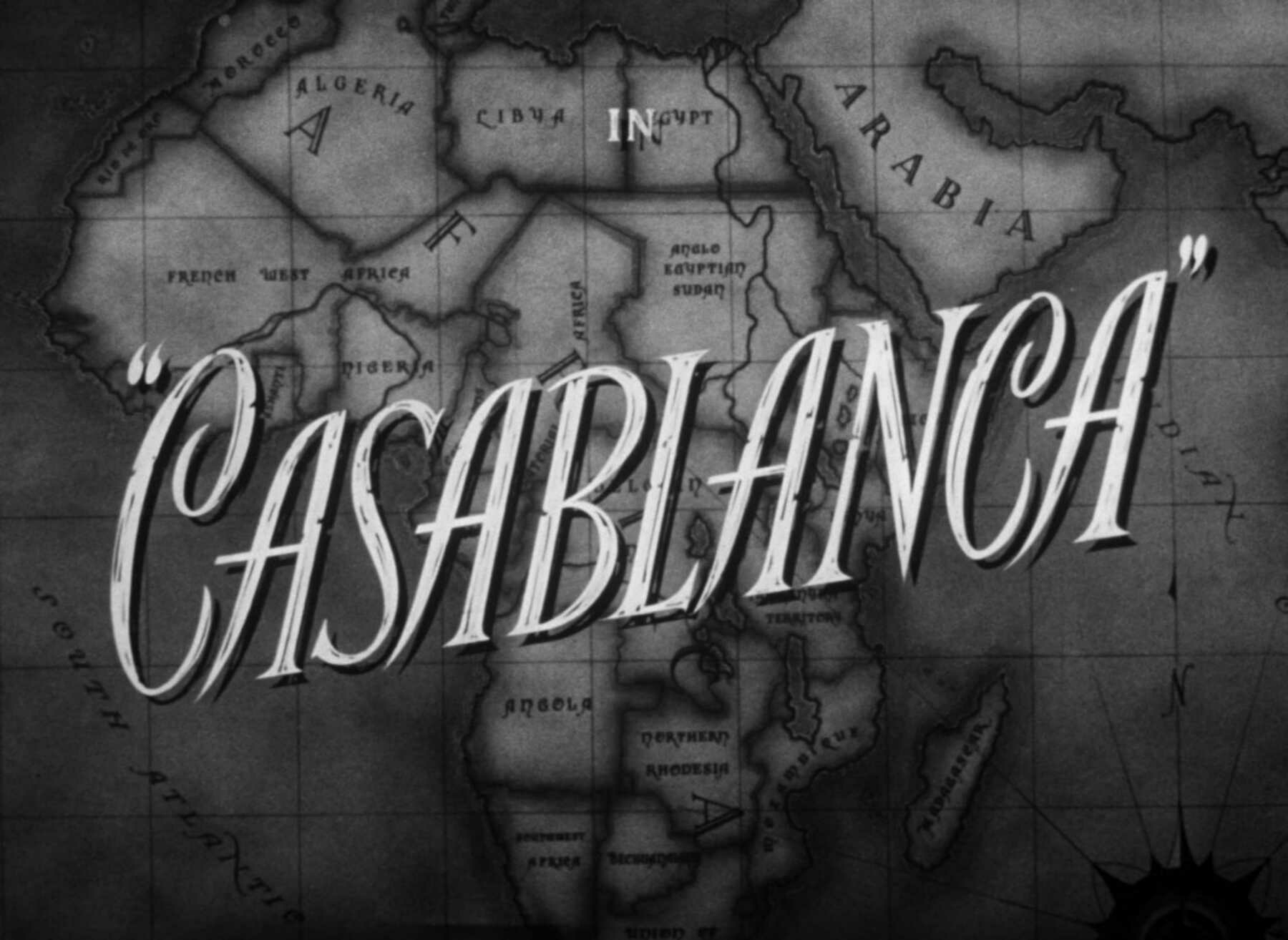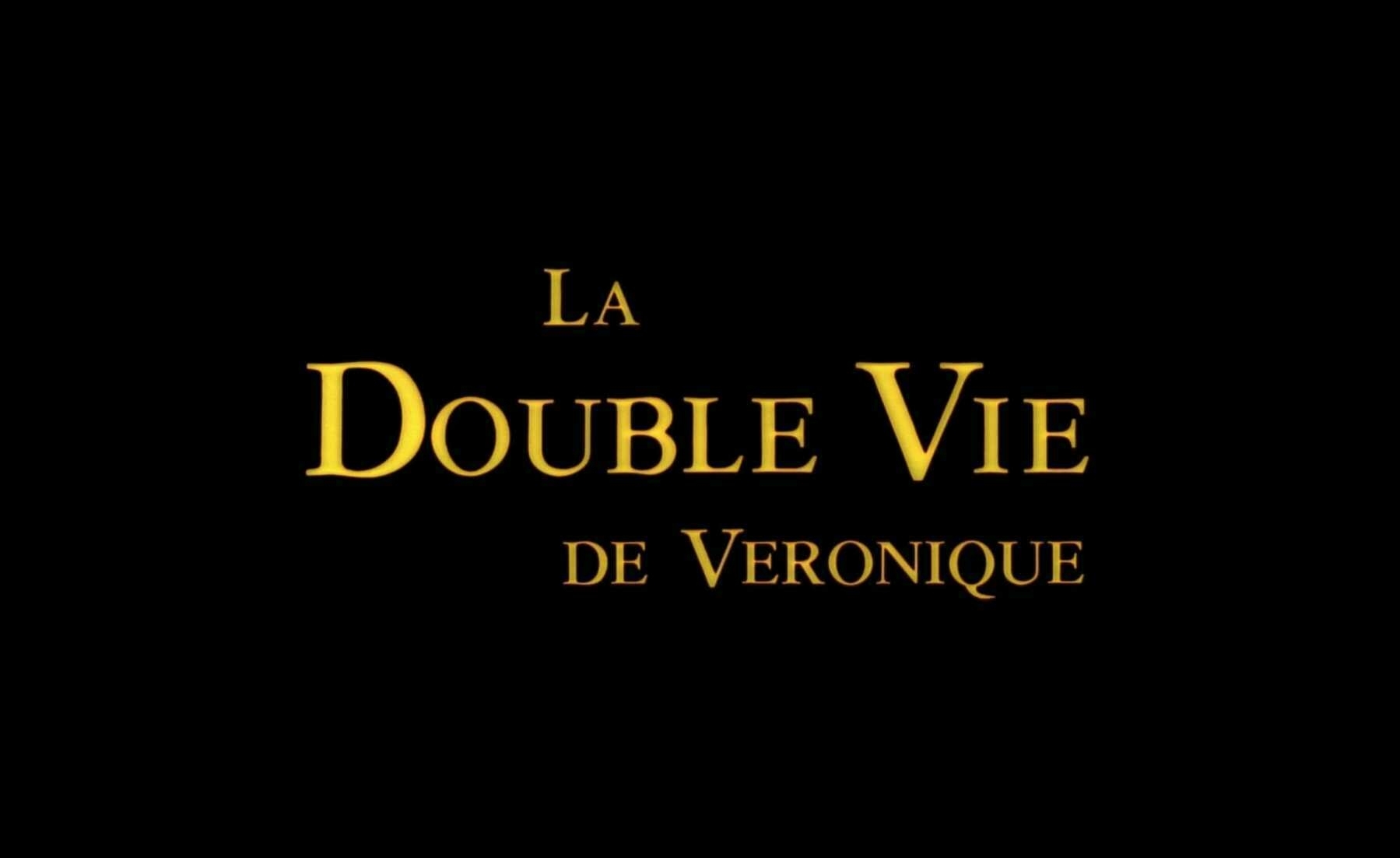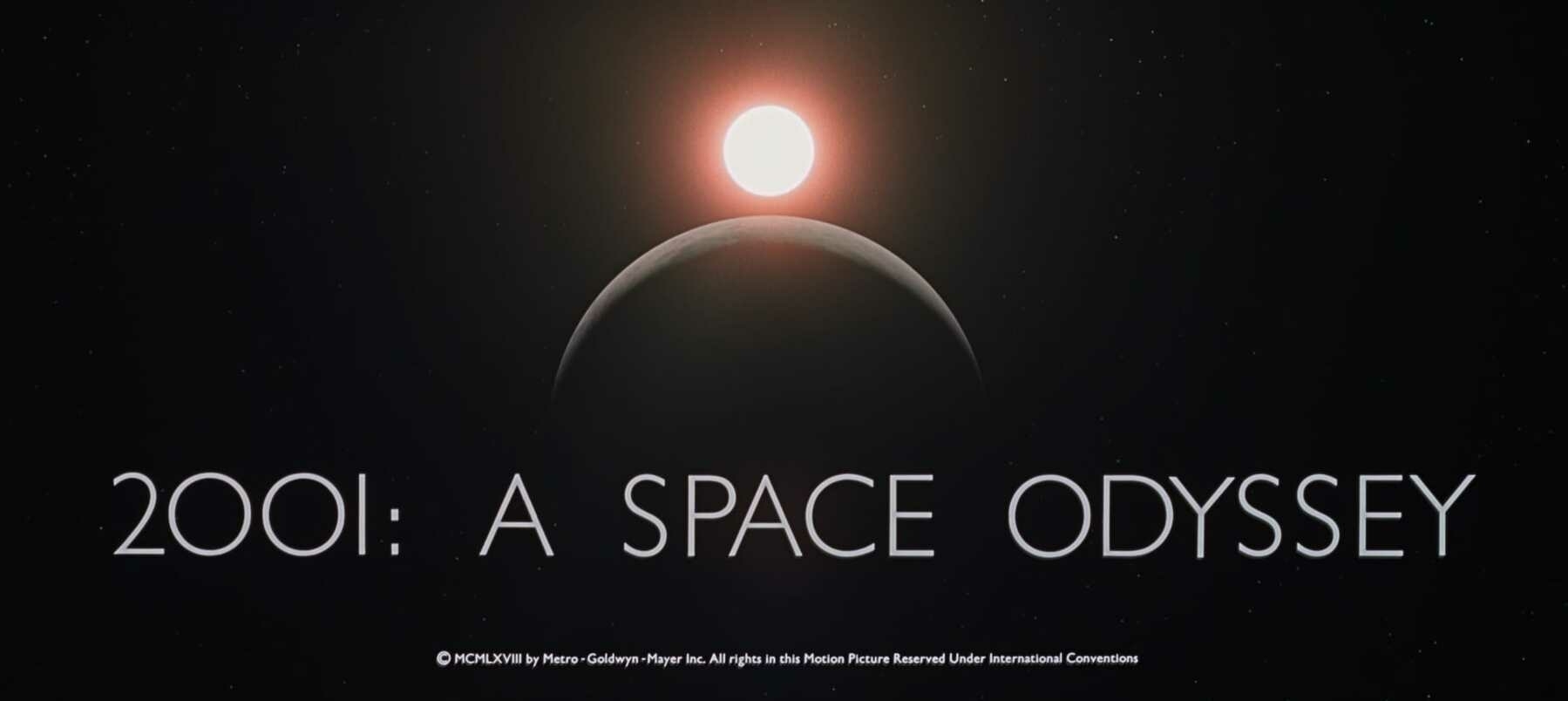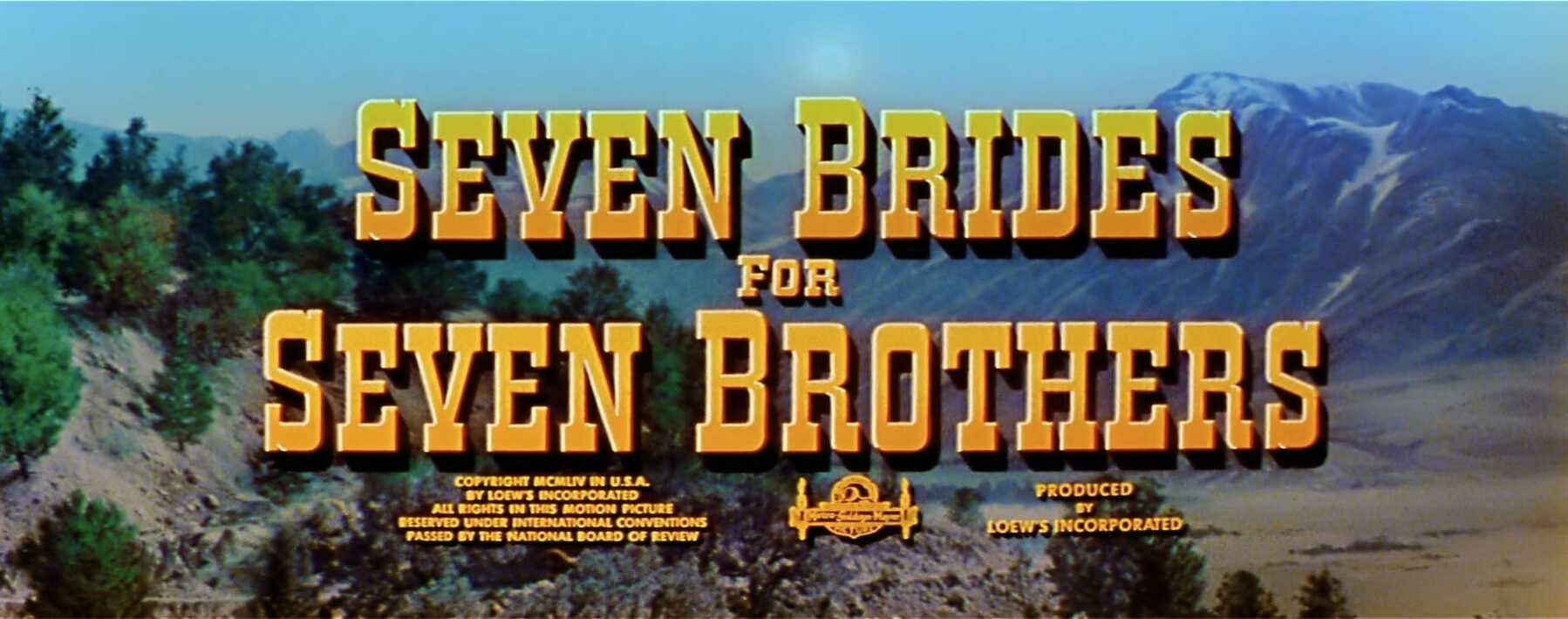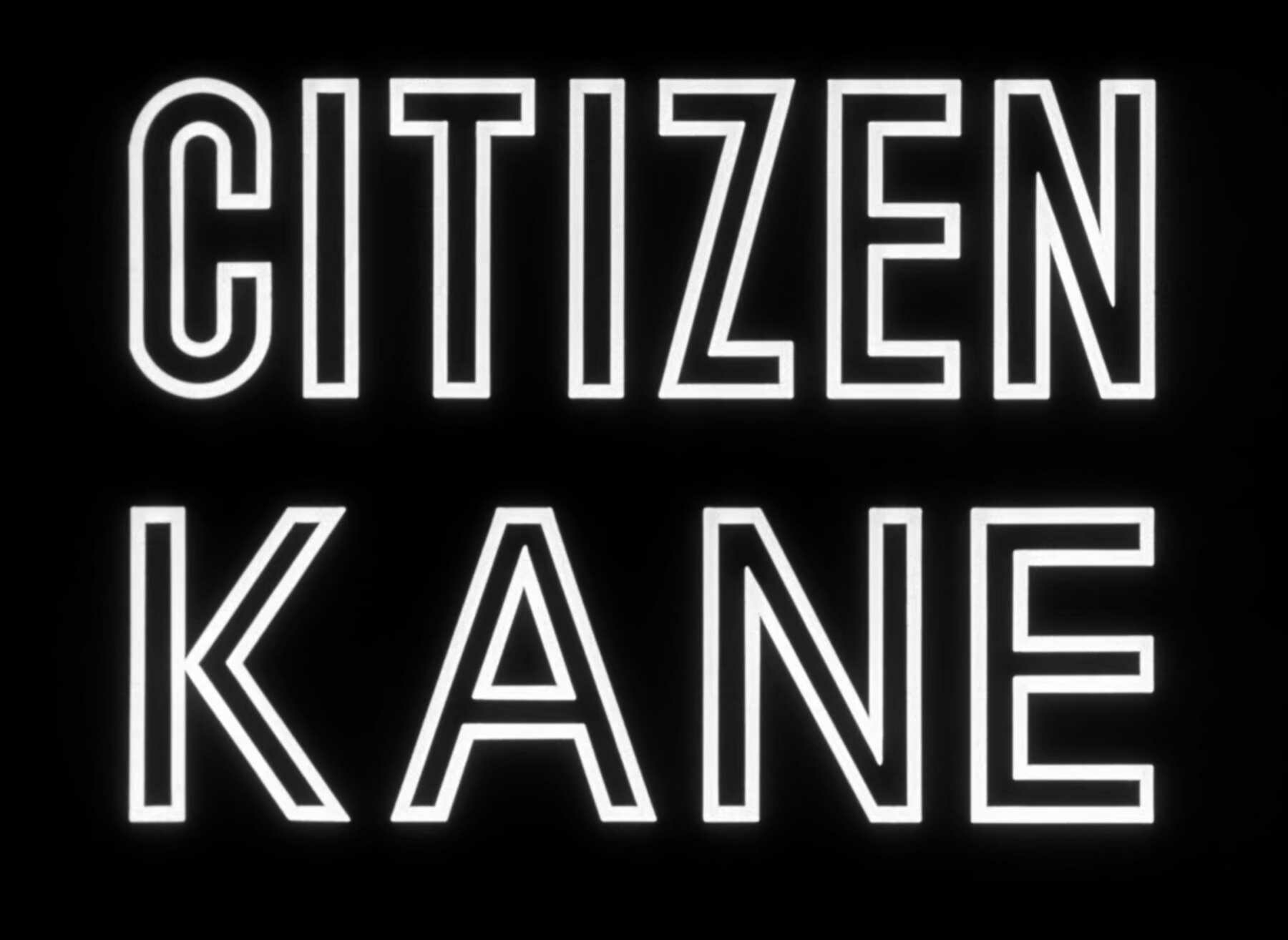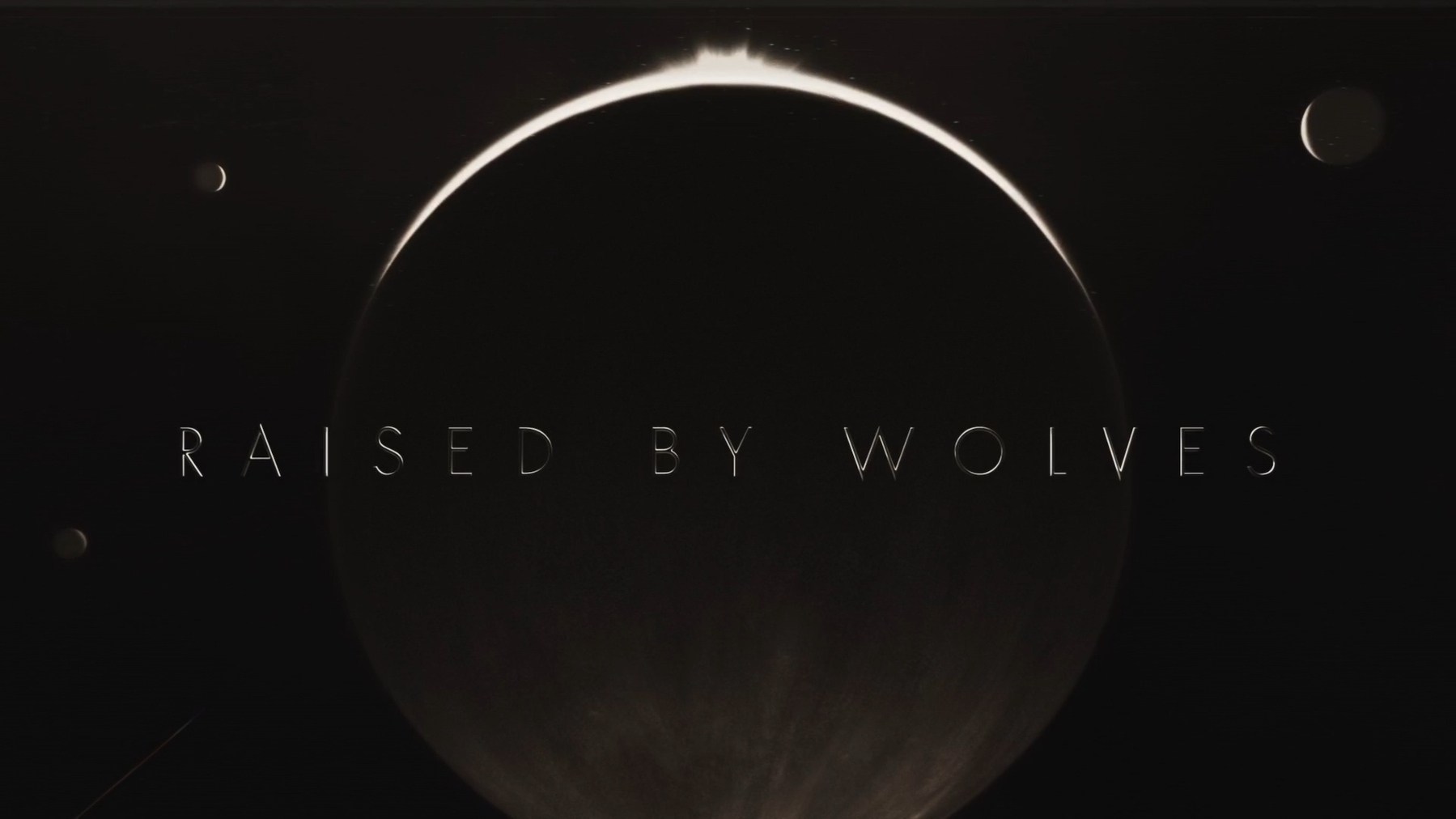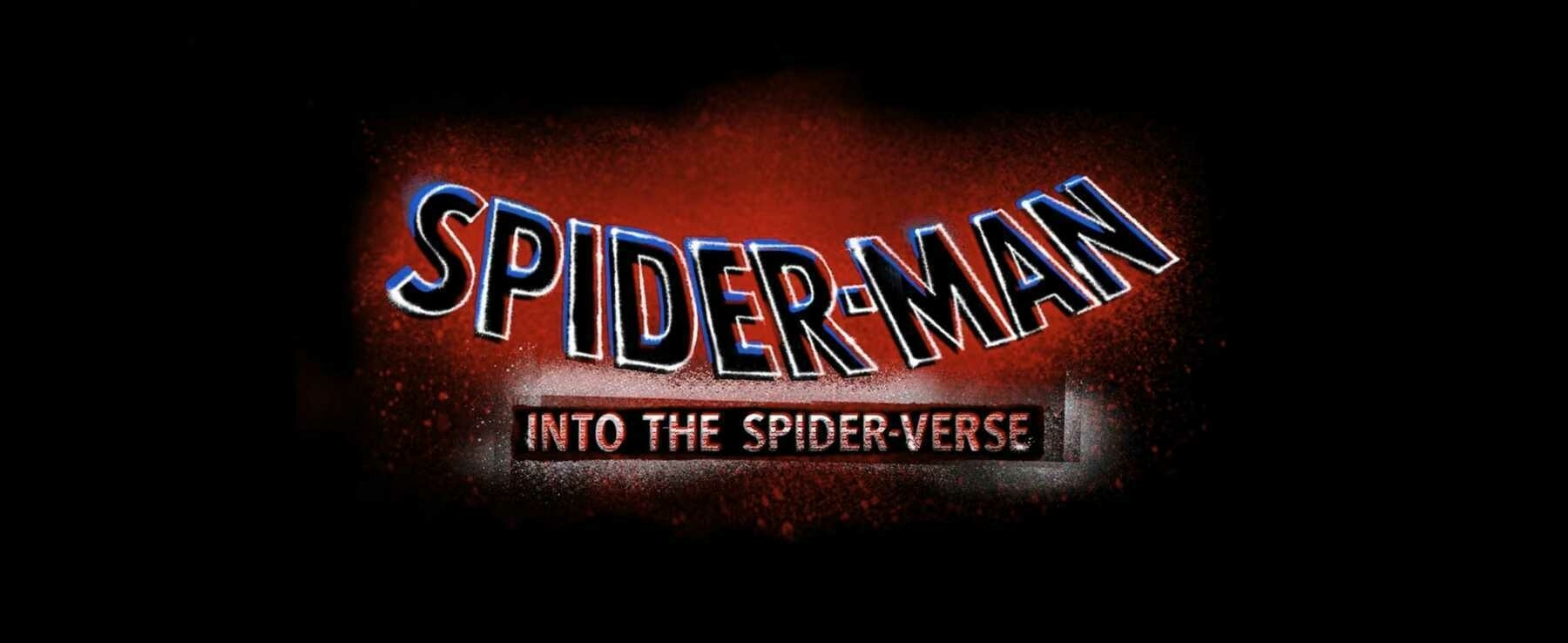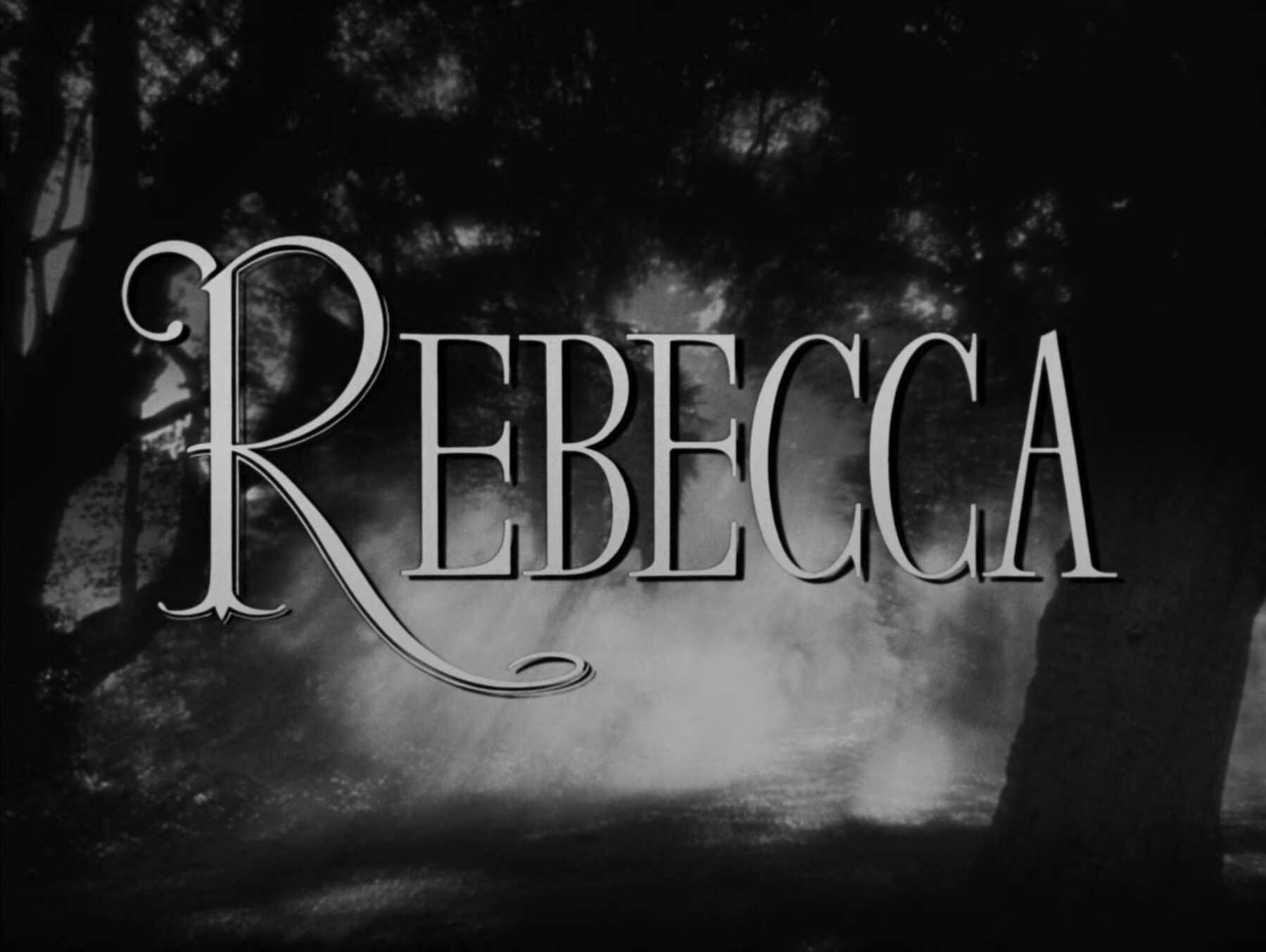-
This is, by the way, my favorite television show ever. I love many shows, but this is the one that has brought me the most entertainment and joy over the years. It was also something my wife and I bonded over when we first met, and continue to almost religiously watch together. ↩︎
-
And possibly even Southern California. There is a potential link between the Zodiac Killer and Cheri Jo Bates, who was found murdered on the grounds of Riverside City College where she was also a student. It’s always surreal to consider that a school you used to attend was also the site of a grisly murder, made famous by the notoriety of its potential perpetrator. Whenever I drive by the campus, I feel a small chill deep down inside of me. ↩︎
-
This isn’t something I’m going to argue with anyone over, but not for the reason that may suggest. I believe that David Fincher has crafted a staggering body of work (except for, perhaps, Alien 3). Any one of his films is worthy of being his best, or at least, someone’s favorite. Zodiac just so happens to be my preferred Fincher film. ↩︎
-
As of this writing, that behemoth has made over 2.8 billion dollars. When adjusting for inflation, it’s second only to Gone with the Wind. ↩︎
-
Now if we could just get the theme song onto the various streaming platforms! I would love to listen to this song without the aid of HBO Max or YouTube. ↩︎
-
And still is for nearly every film that’s ever been produced. ↩︎
-
R.I.P. Peter Parker. ↩︎
-
In 720p resolution, unfortunately. Sorry about that, but you’ve got to take what YouTube gives you, I guess. ↩︎
-
Along with the great Jon Batiste. However, his work doesn’t appear in the opening sequence. ↩︎
Title Card: It’s a Wonderful Life (1946)
It’s a Wonderful Life was written by Frances Goodrich, Albert Hacket, and Frank Capra and was directed by Frank Capra. It was released in 1946.
The film was produced by Frank Capra, along with Liberty Films. 🎞
Title Card: The Social Network (2010)
The Social Network was written by Aaron Sorkin and was directed by David Fincher. It was released in 2010. The main titles were done by Neil Kellerhouse and the end titles by Scarlet Letters.
The film was produced by Dana Brunetti, Ceán Chaffin, Michael De Luca, and Scott Rudin, along with Columbia Pictures, Relativity Media, Scott Rudin Productions, Michael De Luca Productions, and Trigger Street Productions. 🎞
Title Card: The Edge of Seventeen (2016)
The Edge of Seventeen was written and directed by Kelly Fremon Craig. It was released in 2016.
The film was produced by Julie Ansell, James L. Brooks, and Richard Sakai, along with Gracie Films, Huayi Brothers Media, Robert Simonds Productions, and STX Entertainment. 🎞
Title Card: Double Indemnity (1944)
Double Indemnity was written by Raymond Chandler and Billy Wilder, and was directed by Billy Wilder. It was released in 1944.
The film was produced by Joseph Sistrom, along with Paramount Pictures. 🎞
Title Card: Inherent Vice (2014)
Inherent Vice was written and directed by Paul Thomas Anderson. It was released in 2014. The titles were designed by Scarlet Letters.
The film was produced by Paul Thomas Anderson, Daniel Lupi, and JoAnne Sellar, along with Ghoulardi Film Company, Warner Bros., and IAC Films. 🎞
Title Card: Psych (2006–2014)
In celebration of the brand new (and excellent) Psych movie coming out yesterday, it’s time for a Psych title card!
Psych1 was created by Steve Franks. It premiered on the USA Network on July 7, 2006.
The show was executive produced by Steve Franks, Chris Henze, Kelly Kulchak, Mel Damski, and Bill Callahan, along with GEP Productions, NBC Universal Television, Pacific Mountain Productions, Tagline Pictures, Universal Cable Productions. 🎞
Title Card: Seven Samurai (1954)
Seven Samurai (or Shichinin no samurai) was written by Akira Kurosawa, Shinobu Hashimoto, and Hideo Oguni and was directed by Akira Kurosawa. It was released in 1954.
The film was produced by Sôjirô Motoki, along with Toho Company. 🎞
Title Card: Good Night, and Good Luck. (2005)
Good Night, and Good Luck. was written by George Clooney and Grant Heslov and was directed by George Clooney. It was released in 2005.
The film was produced by Grant Heslov, along with 2929 Entertainment, Participant Productions, Section Eight, Davis-Films, Redbus Pictures, and Tohokushinsha Film Corporation. 🎞
Title Card: Casablanca (1942)
Casablanca was written by Julius J. Epstein, Philips G. Epstein, and Howard Koch and was directed by Michael Curtiz. The film was released in 1942.
It was produced by Hal B. Wallis and Jack Warner, along with Warner Bros. 🎞
Title Card: The Double Life of Véronique (1991)
The Double Life of Véronique was written by Krzysztof Kieslowski and Krzysztof Piesiewicz and was directed by Krzysztof Kieslowski. The film was released in 1991.
It was produced by Sidéral Productions, Canal+, Zespol Filmowy ”Tor”, and Norsk FIlm. 🎞
Title Card: Catch Me If You Can (2002)
Catch Me If You Can was written by Jeff Nathanson and was directed by Steven Spielberg. The film was released in 2002.
It was produced by Amblin Entertainment, DreamWorks Pictures, Kemp Company, Muse Entertainment Enterprises, Parkes/MacDonald Productions, and Splendid Pictures.
The title sequence was produced by Olivier Kuntzel and Florence Deygas of Kuntzel+Deygas. 🎞
Title Card: 2001: A Space Odyssey (1968)
2001: A Space Odyssey was written by Arthur C. Clarke and Stanley Kubrick and was directed by Stanley Kubrick. The film was released in 1968.
It was produced by Metro-Goldwyn-Mayer and Stanley Kubrick Productions. 🎞
Title Card: Zodiac (2007)
Zodiac was written by James Vanderbilt and directed by David Fincher. It was released in 2007. The film was produced by Paramount Pictures, Warner Bros., and Phoenix Pictures. The titles were designed by Eric Ladd and Bruce Schluter.
Set primarily in San Francisco and spanning several decades, Zodiac tells the frightening story of a string of horrific serial murders that were perpetrated throughout Northern California.1 The Zodiac Killer is a still unidentified serial killer who operated throughout the late ‘60s, spreading uncertainty, paranoia, and fear. The film follows Robert Graysmith, played by Jake Gyllenhaal, a political cartoonist and one of the foremost authorities on the Zodiac Killer. His relentless investigation, helped along by San Francisco Chronicle reporter Paul Avery, played by Robert Downey Jr., and Inspector David Toschi, played by Mark Ruffalo, steadily brings the killer out of the darkness and into the public. While never identified or caught, the Zodiac Killer and his crimes have devastating effects on both the people who are chasing him and the city of San Francisco itself.
For my money, this is still David Fincher’s best work.2 It’s hard to find much fault in its storytelling, its visual style, or its performances. It’s one of those rare films that was made by an entire production crew that was firing on all cylinders all the time, as they say. And yet, it’s not spoken of with the same adoration that’s afforded to Fight Club or The Social Network. Those are both fine movies, The Social Network especially, but Zodiac so captures a time and mood that watching it feels like living during the harrowing years it depicts. It’s a rare thing to witness a film that is so of its time. Fincher is an exacting and demanding director. He may even be relentless to the point of assholery, but damn is he able to tell a story that envelops you, that holds you, and that can entertain you while also shocking you to your core.
There’s a moment in the film when Robert Graysmith visits a man named Bob Vaughn, played by Charles Fleischer, a silent film organist. Vaughn had once worked with a projectionist named Rick Marshall. Graysmith had previously been tipped off that Marshall was the Zodiac. The clues surrounding Marshall are soon attributed to Vaughn by the man himself, shortly before he invites Graysmith to follow him into his dimly lit basement to look for evidence that could provide a valuable link to the Zodiac. Graysmith descends into the dark, and we are given a scene that still frightens me every time I see it. I know what’s going to happen, and yet I feel my chest tighten whenever Graysmith sets his trembling feet on those creaky stair steps. Enjoy, in all its creepy glory. 🎞
Title Card: Raiders of the Lost Ark (1981)
Raiders of the Lost Ark was written by Lawrence Kasdan and directed by Steven Spielberg. It was released in 1981. The film was produced by Paramount Pictures and Lucasfilm. The titles were created by the MGM Titles department.
Archaeologist Indiana Jones, played by Harrision Ford, discovers that the Nazis, led by rival archaeologist René Belloq, played by Paul Freeman are hot on the trail of the Ark of the Covenant, the chest holding the Ten Commandments. Indy is recruited by the U.S. Army to recover the Ark before Adolf Hitler can use it to make his army invincible. Reuniting with old flame Marion Ravenwood, played by Karen Allen, and friend Sallah, played by John Rhys-Davies, the trio sets off on a globe-crossing adventure to find the Ark so it doesn’t fall into the wrong hands.
Coming off the one-two knockouts of Jaws and Close Encounters of the Third Kind, it’s no surprise that this film quickly became a critical and commercial success. What’s a little more surprising, even to some of the stars of the film, is how influential and beloved the movie has become since its release. It’s a thrilling and moving film, to be sure, but a crown jewel in the history of cinema? Who ever expects something like that to happen? Something like James Cameron’s Avatar is undeniably more financially successful,1 but you’d be hard-pressed to find someone who holds Avatar in higher esteem. They’re both action-adventure films, made with the height of filmmaking technology at their respective production times. Yet, here we are. Due to its amazing performances, stellar direction, and a closing sequence that still boggles the mind, Raiders of the Lost Ark is a film that will be remembered forever. 🎞
Title Card: Seven Brides for Seven Brothers (1954)
Seven Brides for Seven Brothers was written by Albert Hackett, Frances Goodrich, and Dorothy Kingsley and was directed by Stanley Donen. It was released in 1954. The film was produced by Metro-Goldwyn-Mayer.
In 1850, there’s wood to be chopped, dances to be danced, and women to be married. Adam Pontipee, played by Howard Keel, meets local tavern worker Milly, played by Jane Powell. Within hours of meeting and falling for her, Adam asks her to marry him—a proposal which she accepts. Upon returning to Adam’s mountain cabin, Milly is surprised to learn that Adam is the eldest of seven brothers, all living together. Despite her disappointment at not being able to live the married life she had envisioned for herself, she tasks herself with cleaning up her new home and teaching the brothers how to be polite and proper men. These six lovelorn men soon realize that the only way they’ll meet and marry a woman like Milly is if they drop their poor manners and do things her way. At a social gathering in town, they meet six women and try out their new personas on them. The girls take a liking to these brothers, but trouble erupts when their current suitors find out about these new sweethearts.
There’s a shameful hole in my movie-watching past, and it consists almost exclusively of unwatched musicals. I don’t dislike musicals. I just haven’t watched many of them. It’s a damn shame because a great many of them can be counted amongst the best films ever made. Singin’ in the Rain, anyone?1 My wife, on the other hand, has maybe seen every single musical ever made. Thank goodness she still decided to marry me. I think she saw my musical inexperience as an opportunity to educate me on the finer points of this genre, one of those being this film. Which I loved. Loved a whole lot. Like many musicals, the songs are the main draw here, and there are some serious bangers (as the youths say).2 You would do well to check out Bless Yore Beautiful Hide, Goin’ Courtin’, and The Barn Dance. If you’re anything like me, you should go into the film without any notions about it. Its bouncy, tuneful, and vibrant spirit will win you over. If you’ve already seen it, why not give it another watch? You already know how excellent it is. 🎞
Title Card: The Matrix (1999)
The Matrix was written and directed by Lana Wachowski and Lilly Wachowski. It was released in 1999. The film was produced by Warner Bros., Village Roadshow Pictures, Groucho Film Partnership, and Silver Pictures. The artists for the main titles were Harold De Jesus and Marcel Valcarce.
Thomas Anderson, known by his preferred hacking alias “Neo,” played by Keanu Reeves, lives an unsatisfying life and has always suspected that there’s something wrong with the world he lives in. His suspicions are confirmed when he meets Trinity, played by Carrie-Anne Moss. After an unfortunate run-in with a sentient computer program known as Agent Smith, played by Hugo Weaving, she introduces him to a mysterious man named Morpheus, played by Laurence Fishburne. Morpheus explains to him that the world Neo knows is nothing more than a computer simulation, a construct playing out within the minds of comatose humans as they are used as an energy source by intelligent machines. Initially resistant to this staggering revelation, Neo is soon reborn into the real world, a post-apocalyptic hellscape full of human factories and immense dangers. Morpheus believes Neo to be “the One,” a human who is believed to free humankind. Neo must learn what it means to be alive in the real world, and hopefully, live up to what’s prophesied about him.
The titles demonstrate an unusual juxtaposition in the film. The Matrix, with all of its advanced technology, is personified through ancient computer screens. There’s no color besides green. No icons on the screen. No menu bar to be seen anywhere. The vast complexity of this simulation is shown as raindrops of computer characters. The words “The Matrix” are themselves formed from the physical representation of The Matrix: the sickly green on black glow of old computer screens. This feels like an expert melding of the visuals of the film and the complex ideas that drive its story. From moment one, the film gives us a clue as to what is in store for us.
I recall being held in rapt silence while watching this film in the theater when it came out. You knew you were about to watch something special when those characters started falling from the top of the screen. One of the most thrilling sequences in film history follows this opening title: a squad of police officers and three relentless, terrifying Agents surround the building in which Trinity is holed up. She must fight her way out and into safety, or die trying. To this day, it’s still completely effective. Give that scene a watch again. 🎞
Title Card: Citizen Kane (1941)
Citizen Kane was written by Herman Mankiewicz and Orson Welles and was directed by Orson Welles. It was released in 1941. The film was produced by RKO Radio Pictures and Mercury Productions.
On his deathbed, the elderly Charles Foster Kane, played by Orson Welles, utters one final word before passing: “Rosebud.” Kane, a wealthy newspaper publisher and industrial magnate, has always garnered much attention, so his death is big news. His last word presents a mystery that newsreel producer Jerry Thompson, played by William Alland, is tasked with uncovering. Through interviews with Kane’s friends and associates, more is learned about the history of this prolific and imposing man. His newspaper business, his failed romantic relationships, and the great highs and lows of his life are described by those who knew him. By the end of this tale, there is a greater understanding of the man, but will anyone ever discover the true meaning of the word “Rosebud”?
At this point, there’s probably little to be gained from me waxing on about the importance of this monumental film. The subject matter has been talked to death. The character of Charles Foster Kane, and his clear inspiration in William Randolph Hearst, have been dissected enough. Heck, most everyone probably knows what the heck “Rosebud” is by now.
Instead, what strikes me most about this title card is not the film that follows, but instead the imposing nature of the letters. The words “CITIZEN KANE” take up the entire screen. They’re as large as the film itself, which is to say, larger than life. They tower over the audience in a pompous, arrogant, and self-important manner, as if to reflect the personality that’s central to the film. However, behind that grand façade lies an insecure man who longs for the comforts of his childhood. The letters of the title card might be seen as something of a put-on. A shield that Kane can use to hide behind, all the while wishing that he could recapture his youthful happiness while hiding away from the dread that comes with facing the world he built for himself. The title card personifies a man who is theatrical and legendary for the world, yet diminutive in private.
Also, I’ve really been captured by the first trailer for the film. It’s still unlike anything you’ll ever see. For a film that was released in 1941, it feels far ahead of its time. Considering how unusual the trailer is, it’s probably far ahead of any time. Instead of a tapestry of shots from the film that describe the general plot, we’re treated to a voice-over from Welles himself, narrating aspects of the production and introducing many of its main players. Give this fascinating thing a watch. 🎞
Title Card: Raised by Wolves (2020)
Raised by Wolves was created by Aaron Guzikowski. It premiered on HBO Max on September 3, 2020. The show was produced by Film Afrika Worldwide, Lit Entertainment Group, Scott Free Productions, and Studio T. The titles were directed by Steven Small and created at Studio AKA.
In the future, there is a war between the devout Mithraic believers and the atheists. Following the destruction of Earth, two androids are tasked with traveling to Kepler 22-b and raising children on this new planet. Mother, played by Amanda Collin, and Father, played by Abubakar Salim, develop a small community with their children. All is as well as this new life can be, until a straggling colony of Mithraic humans crash lands on the planet after Mother destroys their ship. The remaining humans manage strife within their ranks while trying to save their children that have been taken by the androids. Within this colony are two atheists who are hiding their true identities: Marcus (once known as Caleb), played by Travis Fimmel, and Sue (once Mary), played by Niamh Algar. Marcus’s devout atheism (and Sue’s trust in him) is tested when he begins to believe that he has a divine presence living inside him.
I love a good Ridley Scott production and this one has it all: androids, mysterious planets, human drama (even amongst the non-humans). While the famed director may not have been the leading creative force behind the show, his name is still powerful enough to make this show required viewing. Now that I’ve finished the first season, I’m left with a thousand more questions than when I started watching it. What secrets does Kepler 22-b really hold? Why does Marcus believe he’s basically the second coming of this Mithraic god, and is it actually one of the androids’ children? What in the absolute hell was that flying snake monster that Mother birthed? I’m really looking forward to the second season where I hope many of those questions will be answered. I’m especially hoping that this show won’t be axed because it’s too expensive for the viewership it might be receiving.
This show is a great example of how to tell a story without bludgeoning an audience over the head with a mountain of exposition in the first episode. By the end of the first episode, you are not going to know what brought the androids to Kepler 22-b, you won’t know the full extent of the war that’s happened on Earth, and you sure as heck won’t know the full capabilities of all characters involved. There’s nothing but hidden layers here. I like a show that invites its viewers to unravel its mystery slowly. It requires a lot, but it gives a lot in return.
The full opening titles for this show are transformative to behold. I’ve never seen anything quite like it. The dark, painterly quality of them makes for a melancholic and tense mood. Accompanied by the ethereal voice of Mariam Wallentin and the composition by Ben Frost, the titles are transformed nearly into a contradiction. Some may find only gloom in them and I wouldn’t disagree with that assessment. However, I think there’s also great beauty in the pairing of these images and the music. Even if you don’t want to watch the show, I think the titles are worth your time.1
Title Card: Days of Heaven (1978)
Days of Heaven was written and directed by Terrence Malick. It was released in 1978. The film was produced by Paramount Pictures. The main titles were designed by Dan Perri.
After accidentally killing his supervisor, Bill, played by Richard Gere, flees to Texas with his girlfriend, Abby, played by Brooke Adams, and his younger sister, Linda, played by Linda Manz. The trio become employed as wheat harvesters on a farm owned by a character played by Sam Shepard. Realizing that the farmer’s failing health presents a cruel financial opportunity, Bill and Abby scheme to take his fortune by having her marry the farmer. As they often do, their best-laid plans fall apart when the farmer learns of Bill and Abby’s true relationship.
This film was famed for its beautiful cinematography and that still holds true today. There is some impressive filmmaking happening every year, and yet, Days of Heaven is still a towering presence. The unusual circumstances surrounding its cinematography are equally notable—Néstor Almendros, the film’s cinematographer, was beginning to lose his sight during the production. He had assistants take photographs of scenes and would then examine them with strong lenses. The troubled production ran so over schedule that Almendros had to leave to attend to a prior filmmaking commitment. He tasked Haskell Wexler, a legend in his own right, to finish the film in his stead. What resulted was a moving film that has stuck in my head ever since I first saw it. It’s elegant in the finest sense of the word.
The improvisational filmmaking style that Malick and Almendros developed was frustrating to most of the crew. Damn the lighting setups! Forget about intricately blocked scenes! Call sheets? Who needs ‘em?! This was a most unusual production at the time,1 but it laid the groundwork for Malick’s style in later films. It’s remarkable to see how formative this film was for him. With it, he developed a style of serendipity. This is on full display in films like The New World and The Tree of Life where the camera is an invisible participant in the actor’s performances, instead of a central fixture. Days of Heaven is notable in itself, but its legacy also continues to reverberate through Malick’s work.
There’s a moving essay written by The Criterion Collection’s staff writer and social media director, Hillary Weston, about Sam Shepard’s quiet, elegiac performance. For anyone who’s ever been moved by the work of this beautiful writer and actor, it’s a lovely read. 🎞
Title Card: Spider-Man: Into the Spider-Verse (2018)
Spider-Man: Into the Spider-Verse was written by Phil Lord and Rodney Rothman and was directed by Bob Persichetti, Peter Ramsey, and Rodney Rothman. It was released in 2018. It was produced by Columbia Pictures, Marvel Entertainment, Sony Pictures Animation, Avi Arad Productions, Lord Miller Productions, and Pascal Pictures. The titles for the film were created by Alma Mater.
Miles Morales, a teenager living in New York City, stumbles into a universe-ending plot when he becomes a new Spider-Man. Feared crime lord, Kingpin, has had a super-collider created so he can open up a bridge to another universe and bring back his deceased wife and son. Miles is instructed by the previous Spider-Man, as he is dying,1 to stop Kingpin before he’s able to go through with his plan and inadvertently tears everything in several universes apart. Miles is joined by five other Spider-Heroes from different universes—seems that some slipped through during Kingpin’s first machine test—and they all work together to find the courage to avert disaster. In doing so, they all learn what it takes to live up to their potential.
I’m still holding firm to the belief that this film will soon be considered not only the best animated film of the last decade, but one of the best films ever made. From a technical perspective, there’s never been anything like this. This is as close as any movie has ever come to portraying a comic book on-screen. Sorry, Ang Lee. I watched this one a couple of months ago and was still impressed with the animation techniques at play. This could have easily turned into a mess of garbage, but instead, it sang. From a story perspective, I find it to be affecting and, like all good Spider-Man films are capable of doing, invigorating. Swinging along with Miles through New York City feels energetic like nothing else. You’ll finish this film and wish you could feel air rushing past your masked face, too. These two qualities intertwine and create a film that lifts itself. The innovative animation gives life to the story and the heartfelt story gives substance to the animation’s style.
Safe to say, this film is still a revelation and it deserved its Oscar win for Best Animated Feature Film. I may have to give it another watch as soon as possible.
WIRED made a fascinating video in which they interviewed Visual Effects Supervisor, Danny Dimian, and Head of Character Animation, Josh Beveridge. The pair talk about their visual inspirations, the choices they made when leading the film’s animation, and how they hoped their work will affect the film’s viewers. It’s a great watch if you’re looking to better understand how it was all done. 🎞
Title Card: On Leather Wings (1992)
Batman: The Animated Series was developed by Mitch Brian, Paul Dini, and Bruce Timm. The show was produced by Warner Bros. Animation. On Leather Wings originally aired on September 6, 1992. It was written by Mitch Brian and directed by Kevin Altieri.
[Note: while IMDb lists On Leather Wings as episode two of the series, on subsequent video releases, it appears as the first episode. The episodes were originally aired out of their production order.]
A giant, man-sized bat is terrorizing Gotham City! After a string of break-ins at local pharmaceutical companies, certain members of the police force are champing at the bit to go after the mysterious and titular Batman. The intrepid Commissioner Gordon, evangelist of the masked vigilante, objects. Batman, believing he was set up, investigates the recent break-in and finds clues that lead him to the Gotham Zoo where a scientist by the name of Kirk Langstrom is employed. Through careful investigation, Batman discovers that poor Langstrom is actually the dreaded Man-Bat and must discover a method to reverse his terrible condition before he’s caught by the police.
A thrilling episode, and a perfect introduction to this heavily stylized, groundbreaking animated show. Not only do we get to witness Batman in all his fearsome, be-cowled glory, but we also get to see him in detective mode throughout the episode. This is a dark cartoon series, and not just because of the unique process of its animators drawing on black paper. The storylines are mature, the voice acting is deadly serious, and we’re shown a Gotham that takes its visual inspiration from gothic, Art Deco architecture.
I was six when this show started airing on television, so my enjoyment of the show, and subsequent awareness of its importance, developed much later. Develop it did, though! At a certain point in my youth, there was a two-hour block of cartoon shows that was essential after school viewing. Batman, Superman: The Animated Series, Pinky and the Brain, and Animaniacs made the toiling through homework hours bearable. Some people may speak highly of the cartoon shows that were made after my preferred group, but for my money, there is still no greater collection of quality animation than what was produced in the mid-‘90s. SpongeBob SquarePants may have become the internet’s darling, but I believe it’ll never hold a candle to the WB classics. They are transcendent and damn if they don’t still hold up. Heck, Hulu even rebooted Animaniacs because of its still passionate fan base. The legacy of those ‘90s shows continues to amaze me.
I’d be completely remiss in my posting duties if I didn’t include the classic and legendary opening sequence of this show. It doesn’t include a title, and frankly, it doesn’t need to. It gives you everything you need to understand what show this is and what you can expect. It’s a real masterclass in short-form storytelling. 🎞
Title Card: Drive (2011)
Drive was written by Hossein Amini as an adaptation of the novel of the same name by James Sallis, and was directed by Nicolas Winding Refn. It was released in 2011. It was produced by Bold Films, Oddlot Entertainment, Marc Platt Productions, and Motel Movies. The title designer was Jay Johnson.
Stunt driver by day and getaway driver by night, the character of Driver, played by Ryan Gosling is a force to be reckoned with. Seriously, don’t make the mistake of crossing him. After falling for his next-door neighbor, Irene, played by Carey Mulligan, he finds himself forced into violence when her husband, Standard, played by Oscar Isaac, is released from jail. Standard owes some powerful people money, and the only way to keep Irene and her child safe is for Driver to assist in a pawn shop robbery. When things go south during the heist, Driver has to rain vengeance down on anyone who means to harm the people he cares for.
What a strange sequence of titles this film employs. Sure, this is one stylish as hell movie, but the bright pink, ‘80s-inspired look of that text seems so incongruous to the rest of the story. It’s a conscious choice on the part of the director to go with something so dramatic and eye-catching. Titles like these don’t happen by accident. However, aside from the throaty roar of the car chase sequences and the gruesome violence, this is a fairly quiet film. Its characters don’t demand attention, save for Albert Brooks and Ron Perlman. Most of the interactions between Driver and Irene are peaceful and fun (that is, until the horrifying scene in the elevator when Driver beats an assassin to death). Nothing about these two characters screams “look at me!” quite like those titles do.
Pairing such flashy titles with a couple of shy, introverted characters serves the film well, though. It keeps the viewer on edge, and always wondering what the film is going to surprise you with next. Make no mistake, there are some surprising moments to be had here. The sweet looks that Driver and Irene share will not prepare you for how gruesome some moments are. It shocked me when I saw it, so much so that I considered it a revelation by the end of its running time. I ended up watching all of the credits in the theater because I was unable to move from my seat for a long time. I had no idea a film could be this way, and it’s still one that amazes me.
For the cinematography fans out there (like me!), please enjoy the video that Tony Zhou of Every Frame a Painting made for Drive. It examines cinematographer Newton Thomas Sigel’s use of a quadrant system, which breaks up the frame into four distinct zones of focus. It is a phenomenal video that examines how many different stores can be told within a single shot. The artistry that went into this film remains impressive. 🎞
Title Card: Rebecca (1940)
Rebecca was written by Robert E. Sherwood and Joan Harrison, and was directed by Alfred Hitchcock. The film was adapted from the novel of the same name, written by Daphne Du Maurier. It was released in 1940. The film was produced by Selznick International Pictures (which had been riding high after their release of Gone with the Wind the previous year).
Newly wed to Maxim de Winter, played by Laurence Olivier, the new Mrs. de Winter, played by Joan Fontaine, moves into her husband’s sprawling estate, the Manderley house. She’s given a cold greeting by the current staff of the house, and especially by the severe Mrs. Danvers, played by Judith Anderson. Maxim’s deceased former wife still lives deep in the hearts and minds of everyone. They’re not happy about the new Mrs. de Winter taking up residence in the former home of the woman they all loved (albeit some more so than others). Mrs. de Winter faces scorn and mockery, driving her to tears and despair. However, there’s a great mystery surrounding the titular character: was her death truly an accident, or were there more nefarious actions that caused her demise?
I saw a review of this film on Letterboxd that made an effort to explain that while this film can indeed be seen as a tragedy, it’s necessarily not for the reason most people think. The young Mrs. de Winter is surely not having an ideal time at Manderley. Who would want their marriage to include a distant husband and his callous house staff? She’s made to be the one who’s tormented at great length. However, the reviewer posits that we should take greater notice of the pain that Mrs. Danvers is feeling. Indeed that the unrequited love Mrs. Danvers held for Rebecca was also a great tragedy in this film. User “nathaxnne” writes:
We only see Rebecca through the eyes of those who remember her. It is important to not privilege one remembrance above any other, but Mrs. Danvers' recollection burns most fiercely, her love not only surviving death but allowed for the first time to become one with the current manifestation of Manderlay [sic] in its decor, its routine, a shrine to her beloved, and finally joining her in death.
I found this to be a fascinating take on the film. So much of its running time is spent trailing Mrs. de Winter as she’s tormented by the “ghost” of Rebecca. She’s forever looking for a peaceful, joyous life with her new husband, only to be met with indifferent or distracted responses. We’re made to relate to her plight and detest her poor treatment at the hands of Mrs. Danvers. But we seldom do anything without a reason, and Mrs. Danvers is acting on the pain and heartbreak she feels over the loss of the person she loved. Maxim is all too willing to leave Rebecca in the past, and for good reason, but his desire is not shared by everyone. Sadly, what results is summed up in nathaxnne’s review:
Rebecca is a ghost story where those who are left behind are haunted, even in the potential absence of a spectre.
This is a fascinating film, and easily one of Hitchcock’s best. It deserves to be seen by more people and shine as brightly as any of his best-known works.
The Criterion Collection interviewed Oscar-winning VFX artist and film historian, Craig Barron, for their recent re-issue of this film. This video was a fun and fascinating look at how they achieved the vast and impressive shots of the great Manderley house, as well as providing a quick snippet of Hitchcock’s moviemaking history. Enjoy! 🎞
Title Card: The Fountain (2006)
The Fountain was written and directed by Darren Aronofsky. It was released in 2006. The film was produced by Protozoa Pictures and New Regency. The title card is a shot from the film with no discernible title designer.
Spanning three disparate times and places in the universe, The Fountain tells the story of conquistador Tomás Verde who has been tasked by his queen, Isabella, to find the Tree of Life. It’s located deep in Mayan territory, and she believes it will be the key to saving her kingdom. It also tells the story of Tom Creo, a modern surgeon who is desperately trying to find a cure for a brain tumor that’s ravaging his wife, Izzi. The third story is that of Tommy, a futuristic space traveler who is guiding a tree toward a dying star. He believes that its magnificent explosion will bring back his long lost love. Hugh Jackman plays all three versions of Tom, and Rachel Weisz plays his counterpart.
By this point in my life, I’d seen Aronofsky’s previous film, the disorienting, beautiful, and despairing Requiem for a Dream. I don’t think I’d ever seen something so full of style and confidence. How remarkable that it was only his second full-length film! When The Fountain came out, I knew it was something I had to see. I’m still shocked, all these years later, that it didn’t do very well, and is seen as one of his weaker works. I still believe that many of its detractors weren’t ready for its winding narrative, or that it demanded critical viewing and not just simply blank witnessing.
I could hardly walk out of the theater after I saw it; I may have instead stumbled out into the bright sunlight. It filled my head with so many impossible questions. I was in complete awe of the production and the performances. Imagine my surprise that its budget amounted to what the industry now affords to a small independent film. It’s still something that gives me chills as I watch it. It asks such huge questions, like to what lengths would you go to save the people you love and how do you view your purpose in this world? It demands a lot of you.
This one has gained a quiet, yet passionate fan base. It deserves more, and I implore you to watch it with an open heart. 🎞
Title Card: Soul (2020)
Soul was written by Pete Docter, Mike Jones, and Kemp Powers, and was directed by Pete Docter and Kemp Powers. It was released in 2020. The film was produced by Walt Disney Pictures and Pixar Animation Studios. The title designer was Laura Meyer.
A down on his luck jazz musician named Joe Gardner, voiced by Jamie Foxx, gets the opportunity of his lifetime. He’s invited to play in The Dorothea Williams Quartet, and would have been able to if he didn’t immediately fall into an open sewer and die. But he doesn’t want to miss out on his big break, so he escapes the “Great Beyond” and falls again into the “Great Before.” Joe is mistaken for a mentor to the new souls in the Great Before and assigned to the incredulous Soul 22, voiced by Tina Fey. At that time, he has no luck in helping them find a passion. With the help of the eccentric soul, Moonwind, voiced by Graham Norton, Joe locates his body back on Earth, but accidentally takes 22 along with him. Instead of returning to his body, 22 lands in it, and Joe inhabits the body of a nearby cat. The pair need to find a way to get Joe back into his body before his big show that night.
Gosh, there’s a lot that goes on in this film. It’s hard to keep the synopsis condensed. Suffice it to say, this film has a lot of depth. It is 100% worth seeing. I was enamored of Onward, Pixar’s other 2020 film, so I was hopeful that Soul would be able to match the bar that the other one set. After watching it, I can say that Soul is undeniably the better film, and I loved Onward. I may not be a jazz musician, but I think anyone, especially those with an artistic inclination, can relate to both Joe and 22. We’re all looking for our purpose in life. We’re all looking for our calling. The lucky ones are able to find it. Those who can help others find their calling are truly special people. My goal in life is to find the satisfaction that Joe achieves at the end of this film. Do I need to be rich and famous? No. I mean, I wouldn’t mind being rich, but that’s not what’s going to make me happy. Feeling content with my life, and being able to inspire others, is a journey worth going on.
I’d love for you to take a look at the opening sequence.1 The combination of music from Trent Reznor and Atticus Ross2 with the stark, black and white animation gives it a chilling, lonely, awe-inspiring feel that completely took me aback. Witnessing this instantly sold me on the movie. I had to rewatch this bit several times. I was thrilled to be seeing a true piece of art. 🎞
